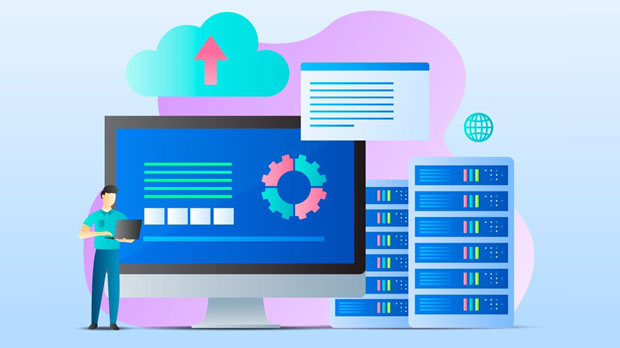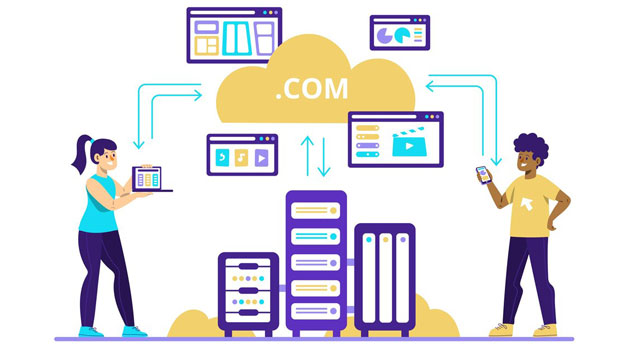In recent years, the increasing reliance on proxy services has sparked numerous discussions regarding their impact on online account safety. A common question that arises is whether using a static ip proxy makes users more prone to account bans. This article aims to explore this question in depth, providing valuable insights for users who rely on proxies for privacy, security, or business purposes. By examining how static ip proxies work, the risks associated with them, and the best practices to minimize account bans, we will shed light on this crucial issue. What is a Static IP Proxy?A static IP proxy is a type of proxy server that uses a fixed IP address. Unlike dynamic IP proxies, which rotate through different IP addresses, a static IP proxy assigns a permanent IP address to the user. This allows users to maintain a consistent online presence, which can be beneficial for activities like web scraping, online marketing, or accessing region-specific content.Static IP proxies offer some advantages, such as improved connection stability and easier management. However, they also come with their own set of challenges, especially regarding the risk of account bans.How Do Account Bans Occur?To understand whether using a static IP proxy increases the likelihood of account bans, we need to first explore how account bans typically occur. Most websites and online services employ various methods to detect suspicious activities and prevent unauthorized access. These methods include:1. IP Address Monitoring: Websites track the IP addresses of users to detect unusual patterns, such as multiple logins from different locations in a short period.2. Behavioral Analysis: Algorithms analyze user behavior to identify activities that deviate from the norm, such as rapid clicks, excessive form submissions, or data scraping.3. Blacklist and Reputation Systems: Some websites maintain blacklists of known proxy ips or IP addresses that have been associated with malicious activities.4. Captcha and Two-Factor Authentication: Websites often require additional security steps, such as captchas or two-factor authentication, when suspicious activity is detected.Given these detection mechanisms, the risk of getting banned depends on the website’s ability to detect unusual behavior tied to an IP address, whether static or dynamic.Risks of Using a Static IP Proxy for Account Bans1. Easier Detection of Abnormal Behavior: One of the most significant risks of using a static IP proxy is that it can make your online behavior more predictable. Since a static IP remains constant, websites can monitor your activities over time and detect any suspicious patterns that might trigger an account ban. For instance, if an account shows irregular activity or attempts to access the service too frequently from the same IP, it could raise red flags.2. Association with Malicious Activities: Static IP proxies are sometimes associated with illegal activities or abusive behaviors. Some websites actively monitor and blacklist IP addresses that are linked to spamming, scraping, or other unauthorized activities. If your static IP proxy happens to fall into one of these blacklists, your account is more likely to be banned, even if your intentions are legitimate.3. Fingerprinting Risk: Static IP proxies may also be vulnerable to a technique known as "fingerprinting," which involves tracking users based on their unique characteristics (such as browser configuration or device settings). If the proxy IP remains unchanged over time, it becomes easier for websites to associate a particular user profile with the static IP, leading to potential bans if the profile is flagged as suspicious.4. Limited Ability to Rotate IPs: Since a static IP proxy uses a fixed IP address, it lacks the flexibility of rotating IP proxies. If a user is performing an activity that gets flagged (e.g., excessive web scraping), they cannot easily switch to a new IP address to bypass the ban or avoid detection. This could increase the likelihood of a ban compared to using a dynamic proxy, which can change IPs regularly.Can Using a Static IP Proxy Be Safe?While using a static IP proxy does come with certain risks, there are ways to mitigate these risks and safely use static proxies for various online activities. Here are some best practices to follow:1. Use Trusted and Secure Proxies: One of the best ways to reduce the risk of getting banned is to use reliable and reputable proxy providers. These providers often maintain clean IP addresses that are less likely to be blacklisted and are more likely to pass various security checks.2. Limit Automation: If you are using a static IP proxy for activities like web scraping or automation, it’s essential to avoid excessive requests in a short period. Implementing rate limits, randomization, and natural behavior patterns can help avoid detection.3. Employ Anti-Detection Tools: Anti-detection techniques, such as using CAPTCHA-solving services, rotating user proxies, and employing browser fingerprint masking, can help reduce the chances of being flagged by websites.4. Regularly Monitor Your IP Reputation: It’s important to check whether your static IP has been blacklisted or flagged by major websites. Regular monitoring allows you to take action before your activities get detected, reducing the risk of account bans.Alternatives to Static IP ProxiesIf you’re still concerned about the potential risks of using a static IP proxy, you may want to consider alternatives. Here are a few options:1. Dynamic IP Proxies: Dynamic proxies rotate through different IP addresses, which makes it more difficult for websites to track and associate a specific user with a single IP. This reduces the risk of detection and bans but may come with trade-offs in stability.2. residential proxies: Residential proxies are IP addresses provided by ISPs, rather than data centers. These proxies are harder to detect as they appear as normal user IPs. They are a more secure option for users who need long-term, reliable access to specific online services.3. VPNs: Virtual Private Networks (VPNs) also mask your IP address and allow you to browse anonymously. Many VPN services offer rotating IP addresses, but unlike proxies, VPNs encrypt your data, adding an additional layer of security.ConclusionIn conclusion, while using a static IP proxy does have a higher risk of leading to account bans compared to dynamic IP proxies, it does not necessarily mean that account bans are inevitable. The risk largely depends on how you use the static IP, the type of activity you're engaging in, and how well you follow best practices for avoiding detection. By using trusted proxy providers, minimizing automation, and employing anti-detection tools, users can significantly reduce the likelihood of account bans while benefiting from the stability and consistency that static IP proxies offer. Ultimately, understanding the risks and taking precautions is key to ensuring that your online activities remain secure and uninterrupted.
Jul 02, 2025



































































